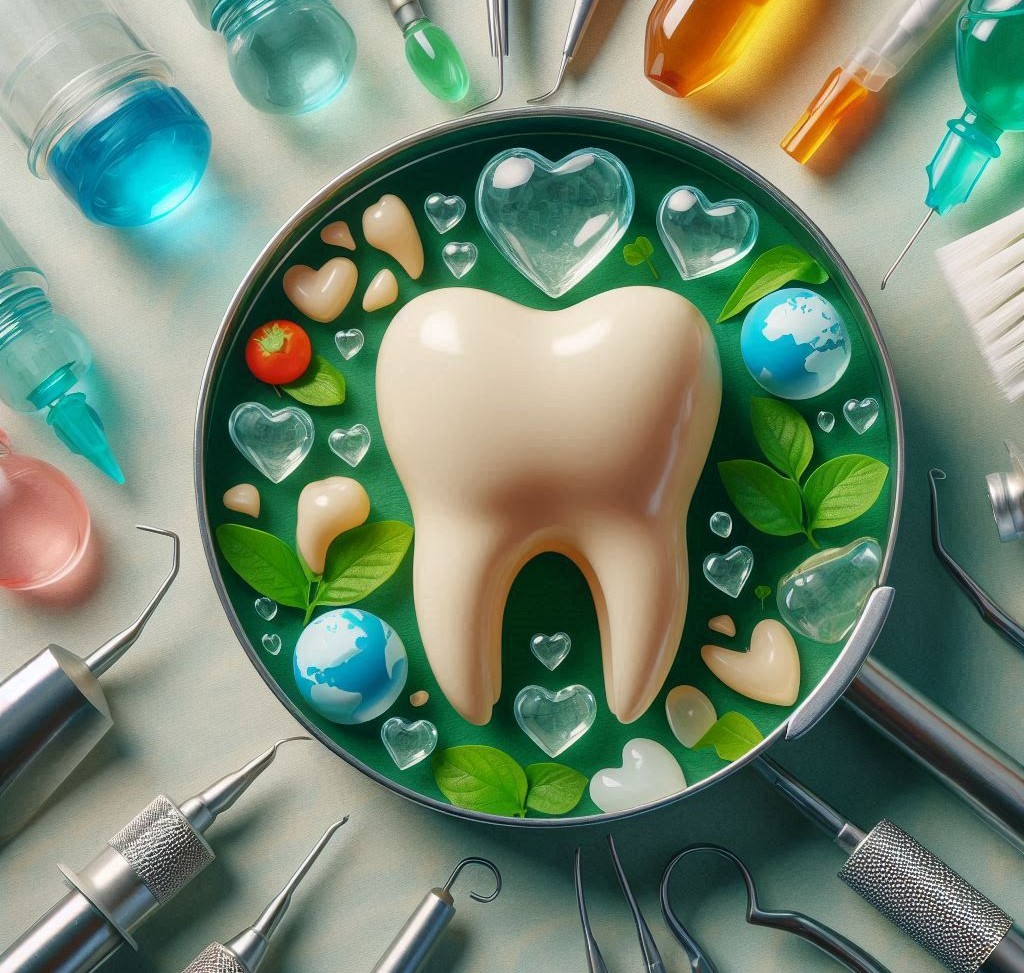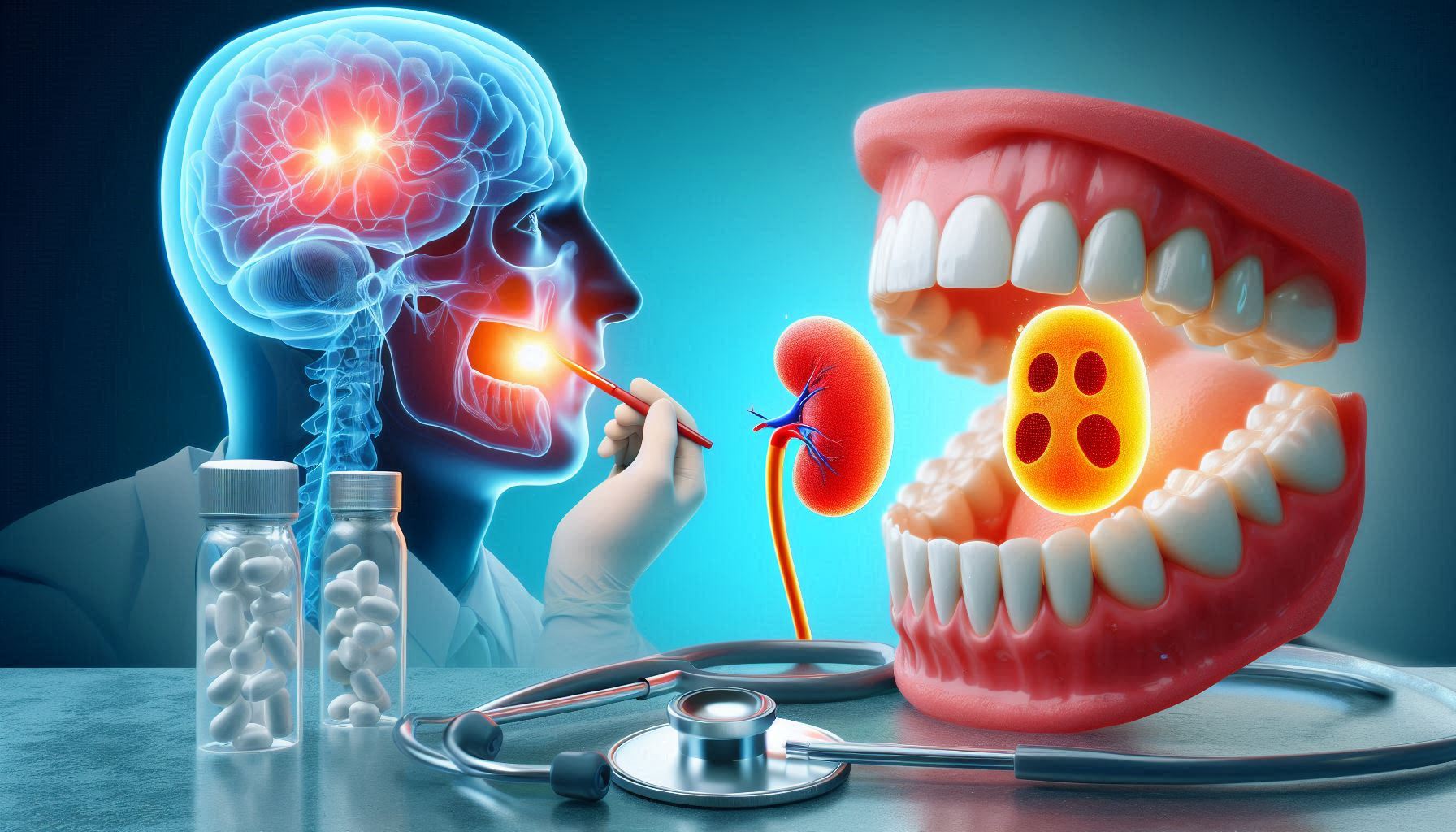Dental fillings are one of the most common restorative procedures that dentists use to treat cavities caused by tooth decay. Over time, fillings can wear down, break, or fail, leaving patients wondering: how long will their fillings last? Understanding the lifespan of fillings depends on multiple factors, such as the material used, your habits, and the overall health of your teeth. In this comprehensive guide, we will delve into the types of fillings, their lifespan, the factors that influence their durability, and provide you with valuable tips on how to extend the life of your dental fillings.
The Basics of Dental Fillings
Before diving into the specifics of how long fillings last, it is important to understand what dental fillings are and why they are necessary.
What Are Dental Fillings?
Dental fillings are used to repair teeth that have been damaged by decay, cavities, or trauma. When a tooth becomes damaged or decayed, it may develop a cavity—a hole in the tooth structure that needs to be filled to restore function and prevent further damage. Fillings can also be used for teeth that have been cracked or worn down due to excessive use or grinding.
In most cases, a dentist will clean out the decayed portion of the tooth and then fill it with a material designed to restore the tooth’s shape, strength, and function. The material used for the filling depends on various factors, including the size of the cavity, location in the mouth, patient preference, and cost considerations.
Why Do Fillings Need to Be Replaced?
Over time, dental fillings can deteriorate, become loose, or even fail altogether. As the material wears down, the tooth can become exposed to further decay or damage. Additionally, the edges of the filling may start to degrade, leading to leakage of bacteria or food particles into the cavity, which can lead to new decay.
Fillings do not last forever, and their lifespan depends on several factors, which we will explore in the upcoming sections.
Types of Fillings and Their Lifespan
Several materials are commonly used for dental fillings. Each material has its advantages, disadvantages, and unique characteristics that affect how long the filling lasts. Below is an in-depth exploration of the most commonly used dental filling materials and their expected lifespan.
Amalgam Fillings
Amalgam fillings, commonly known as silver fillings, are a popular choice for filling cavities in molars and other back teeth. These fillings are made from a mixture of metals, including silver, mercury, tin, and copper. The result is a durable, long-lasting material that can withstand the wear and tear of chewing and biting forces.
Lifespan of Amalgam Fillings
- Expected Lifespan: 10 to 15 years or more, depending on oral hygiene and the location of the filling.
- Factors Affecting Lifespan:
- Location: Fillings in molars or back teeth that endure heavy chewing pressure typically last longer. In contrast, fillings in teeth that experience less pressure may need to be replaced sooner.
- Wear: Over time, amalgam fillings may wear down, especially if you have a habit of grinding your teeth or chewing on hard objects.
Advantages of Amalgam Fillings
- Durability: Amalgam is known for its strength and ability to withstand heavy pressure from chewing, which makes it suitable for large cavities in the back teeth.
- Cost-Effective: Amalgam fillings are generally less expensive than other types of fillings like gold or porcelain.
- Long-Lasting: With proper care, amalgam fillings can last more than 10 years, and in some cases, even longer.
Disadvantages of Amalgam Fillings
- Aesthetic Concerns: Amalgam fillings are silver-colored, which can make them noticeable, especially when used in the front teeth. This is one reason why many patients prefer more aesthetic options like composite fillings.
- Potential Allergies: Although rare, some individuals may have allergic reactions to the mercury in amalgam, prompting them to seek alternative materials.
Composite Fillings
Composite fillings, also known as tooth-colored fillings, are made from a resin that is designed to blend in seamlessly with the natural color of your teeth. These fillings are used for cavities in both front and back teeth, making them a versatile option for patients who want to restore their smile.
Lifespan of Composite Fillings
- Expected Lifespan: 5 to 10 years.
- Factors Affecting Lifespan:
- Location: Composite fillings are best suited for fillings in the front teeth or in smaller cavities. Fillings in the back teeth that experience a lot of pressure may wear out faster.
- Wear and Staining: While composite fillings are stain-resistant to some extent, they can absorb food particles and discolor over time, especially if exposed to substances like coffee, tea, and tobacco.
Advantages of Composite Fillings
- Aesthetic Appeal: Composite fillings can be matched to the natural color of your teeth, making them an ideal option for visible teeth.
- Bonding: These fillings bond directly to the tooth structure, which can provide additional support and strength to the tooth.
Disadvantages of Composite Fillings
- Durability: Composite fillings may wear down more quickly than amalgam fillings, especially if used for large cavities or in high-pressure areas.
- Cost: Composite fillings tend to be more expensive than amalgam fillings due to the additional time required for placement and the materials used.
Gold Fillings
Gold fillings are made from a gold alloy, usually combined with copper and other metals. These fillings are custom-made in a laboratory and require multiple visits to complete. Gold is one of the most durable and long-lasting materials used in dental fillings.
Lifespan of Gold Fillings
- Expected Lifespan: 15 to 30 years or more.
- Factors Affecting Lifespan:
- Wear: Gold is highly resistant to wear and corrosion, which is why it can last several decades with proper care.
- Location: Gold fillings are often used for back teeth due to their durability and strength.
Advantages of Gold Fillings
- Durability: Gold is one of the most durable and long-lasting materials for dental fillings. It can withstand the wear and tear of chewing and is resistant to corrosion.
- Biocompatibility: Gold is biocompatible, meaning it is unlikely to cause any allergic reactions or irritation in the surrounding tissue.
Disadvantages of Gold Fillings
- Cost: Gold fillings are typically the most expensive option due to the custom work involved and the high cost of the material.
- Aesthetic Concerns: The metallic appearance of gold fillings makes them more noticeable, which may be undesirable for those seeking a more natural look.
Porcelain Fillings
Porcelain fillings, also known as inlays or onlays, are custom-made to fit the cavity and are known for their aesthetic qualities. Porcelain is a durable, ceramic material that closely mimics the look of natural tooth enamel.
Lifespan of Porcelain Fillings
- Expected Lifespan: 10 to 15 years, sometimes longer with proper care.
- Factors Affecting Lifespan:
- Wear: While porcelain is strong, it is more brittle than other materials like gold or amalgam. Excessive pressure from grinding or biting hard foods can cause the porcelain to crack or break.
- Location: Porcelain fillings are suitable for both front and back teeth, although they are often used for visible teeth due to their natural appearance.
Advantages of Porcelain Fillings
- Aesthetic Quality: Porcelain fillings blend well with the natural tooth color and can be custom-matched to the shade of your surrounding teeth, making them ideal for visible areas.
- Stain Resistance: Porcelain fillings are highly resistant to staining, making them a popular choice for those who drink coffee, tea, or smoke.
Disadvantages of Porcelain Fillings
- Brittleness: Although porcelain is durable, it is more prone to chipping and cracking under pressure compared to other materials like gold.
- Cost: Porcelain fillings are often more expensive than composite fillings, as they require a laboratory process to create.
Factors That Influence the Lifespan of Fillings
While the type of material used for the filling plays a major role in determining its lifespan, several other factors also influence how long a filling will last. These factors include oral hygiene habits, the location of the filling, and even your lifestyle choices.
1. Oral Hygiene and Care
The way you care for your teeth can directly impact how long your fillings will last. Proper oral hygiene reduces the risk of developing cavities around the filling, which can lead to premature filling failure.
- Brushing and Flossing: Brush your teeth at least twice a day and floss daily to remove plaque and food particles that can contribute to decay around the edges of fillings.
- Regular Dental Checkups: Visiting your dentist regularly for professional cleanings and exams will help detect potential issues with fillings before they become more severe.
2. Diet and Eating Habits
Your diet can also affect the longevity of your fillings. Acidic foods and sugary snacks can weaken fillings over time, leading to decay around the filling. Sticky foods can also dislodge fillings or cause them to wear down faster.
- Limit Sugary Foods: Reduce your intake of sugary foods and drinks, which can feed the bacteria that cause tooth decay.
- Avoid Hard Foods: Hard foods like ice, nuts, and hard candy can place stress on fillings, potentially causing them to crack or loosen.
- Drink Water: Drinking water helps wash away food particles and neutralize acids in the mouth.
3. Teeth Grinding and Clenching (Bruxism)
Teeth grinding (bruxism) can put significant pressure on dental fillings, leading to premature wear or cracking. If you grind your teeth, especially at night, you may be unknowingly damaging your fillings.
- Nightguard: If you grind your teeth, talk to your dentist about getting a custom nightguard to protect your fillings and teeth.
4. Location of the Filling
The location of the filling plays a critical role in how long it will last. Fillings in the back teeth (molars) endure much more pressure from chewing than fillings in the front teeth. As a result, they may wear down more quickly.
- Back Teeth: Fillings in the molars and premolars, which are subjected to heavy chewing forces, tend to wear down faster and need to be replaced more often.
- Front Teeth: Fillings in the front teeth generally experience less pressure and may last longer.
5. Age and Condition of the Tooth
The age and condition of the tooth being treated also play a role in the lifespan of the filling. Older teeth may be more prone to cracking or further decay, which could affect how long the filling lasts.
- Old Fillings: If you have an older filling, it may need to be replaced if it shows signs of wear, cracks, or if decay has developed beneath it.
Tips for Extending the Lifespan of Your Fillings
While it’s not possible to completely prevent wear and tear on your dental fillings, there are several practical strategies you can follow to help extend their lifespan and keep your smile healthy for longer. With a few simple lifestyle adjustments and good habits, you can maximize the longevity of your fillings and prevent the need for frequent replacements.
Maintain Excellent Oral Hygiene
The foundation of good oral health lies in brushing and flossing. By brushing your teeth twice a day with fluoride toothpaste and flossing daily, you can effectively remove plaque and prevent bacteria buildup around your fillings. Plaque left undisturbed can lead to new decay around the filling, which may cause the filling to fail prematurely. Keeping your mouth clean helps preserve both your fillings and your overall dental health.
Wear a Nightguard for Teeth Grinding
If you suffer from bruxism—unintentional teeth grinding, often occurring during sleep—your fillings may be subjected to excessive pressure, which can cause them to wear down or crack. A custom-made nightguard, provided by your dentist, acts as a protective barrier, reducing the force placed on your fillings and other teeth while you sleep. It’s a small investment that can significantly increase the lifespan of your dental restorations.
Avoid Hard or Sticky Foods
Chewing on hard objects such as ice, pens, or hard candy can put undue pressure on your fillings, potentially causing them to crack or loosen. Similarly, sticky foods like caramel, chewing gum, or taffy can pull at fillings, making them more likely to become dislodged or degrade faster. Avoiding these foods or eating them in moderation can reduce the strain placed on your fillings, helping them last longer.
Drink Water Regularly
Drinking water throughout the day has multiple benefits for your dental health. It helps wash away food particles and neutralizes acids produced by bacteria in your mouth. Keeping your mouth hydrated can also prevent dry mouth, which increases the risk of tooth decay. Regular water intake contributes to the health of your fillings by minimizing the environment in which decay can thrive.
Regular Dental Checkups
Even with the best care at home, regular visits to your dentist are crucial. Professional cleanings remove plaque and tartar buildup, and regular checkups allow your dentist to monitor the condition of your fillings. If any signs of damage or decay around the fillings are detected early, your dentist can make repairs before further issues arise. Early intervention is key to preventing more extensive and costly dental problems.
By following these simple tips, you can significantly extend the lifespan of your dental fillings and maintain good oral health for years to come.
Conclusion
The longevity of dental fillings depends on several factors, including the material used, your oral hygiene habits, diet, and lifestyle choices. By understanding the types of fillings available, their expected lifespan, and the factors that influence their durability, you can make informed decisions about your dental health. By following the tips outlined in this guide, you can extend the life of your fillings and maintain a healthy, functional smile for years to come.
SOURCES
Alba, L. A. (2021). Materials and methods for dental fillings: A comprehensive review. Journal of Dental Research and Review, 58(2), 133-146.
Baker, S. S., & Zuckerman, G. R. (2020). The longevity of dental restorations: Factors influencing the durability of materials. International Journal of Dentistry and Oral Sciences, 45(1), 92-104.
Cohen, L. K., Morgan, M. P., & Singh, D. (2019). Dental materials: Properties and applications in modern restorative dentistry. Dental Materials Journal, 36(5), 456-470.
Dunn, W. R., Choi, Y. S., & Harris, A. M. (2018). Comparative study of composite versus amalgam restorations: Longevity and performance. Journal of Clinical Dentistry and Technology, 29(3), 112-121.
Goldstein, G. R., & Matthews, E. L. (2017). Porcelain, gold, and composite: A closer look at dental filling materials. Journal of Cosmetic Dentistry, 39(6), 57-69.
Johnson, R. E. (2016). Factors affecting the lifespan of dental fillings: A critical analysis. Journal of Advanced Dental Research, 40(4), 203-215.
Lewis, D. W., Richardson, D. R., & James, T. D. (2019). A practical guide to choosing the right dental filling material. British Dental Journal, 227(2), 101-107.
Murray, D. M., & West, R. G. (2020). The impact of oral hygiene practices on the longevity of dental restorations. Dental Hygiene Journal, 34(3), 210-218.
Sullivan, J. M., & Hogan, J. P. (2018). The evolution of restorative dentistry: Trends in dental fillings from amalgam to composite materials. Restorative Dentistry Journal, 62(2), 132-142.
Weber, R. P. (2017). Dental materials and the science behind long-lasting restorations. Clinical Dental Research and Innovations, 25(1), 44-50.
HISTORY
Current Version
February 17, 2025
Written By:
SUMMIYAH MAHMOOD




